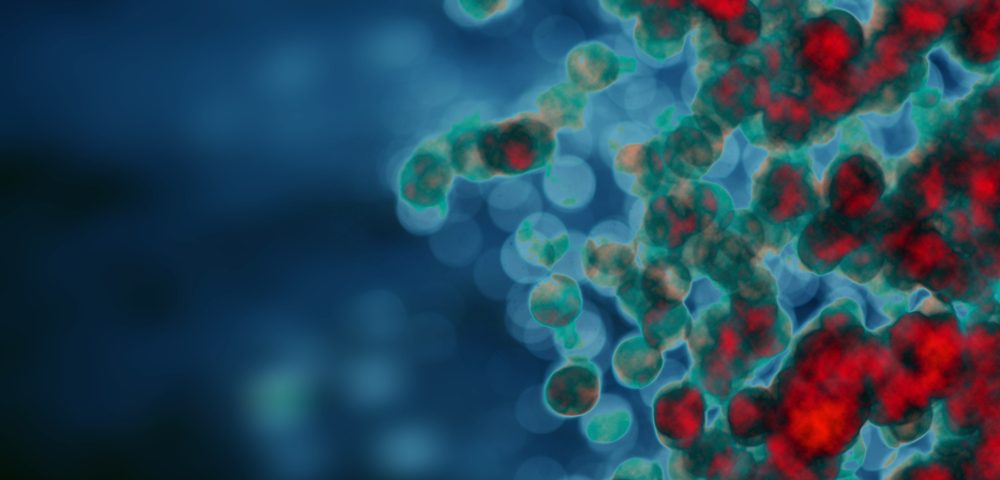Not all “pre-cancerous” ovarian lesions progress to full-fledged cancer, a new study reports. If confirmed, these results could allow for better identification of ovarian cancer at its very early stages, and potentially strengthen preventative care for this disease.
The study was published in The Journal of Pathology and titled, “Genomic landscape and evolutionary trajectories of ovarian cancer precursor lesions.”
High-grade serous carcinoma (HGSC) is the most common type of ovarian cancer. Recent research suggests that this cancer doesn’t actually originate in the ovaries; rather, it is proposed to begin as lesions in the fallopian tubes, the organs that transport egg cells from the ovaries to the uterus.
However, how these lesions progress into cancer remains poorly understood. Here, “lesions” are essentially groups of cells that look cancerous based on their appearance and/or genetic markers.
Researchers examined 24 pre-cancerous fallopian tube lesions from 11 individuals who did not have HGSC, but had these organs removed in order to reduce their cancer risk. They also examined similar lesions, as well as cancer cells, from four people with confirmed high-grade serous carcinoma.
After carefully removing lesion cells, the researchers sequenced their exomes (the part of the genome that codes for proteins). Unsurprisingly, in both cancer cells and lesion cells, they found known cancer-associated mutations, most notably mutations in the tumor suppressor gene TP53, which is well-documented as being commonly mutated in HGSC. Cancer cells tended to have more of these mutations than lesion cells, which again is not surprising.
What was unexpected was that some patients had multiple lesions with distinct sets of mutations — that is, lesions that appear to have developed independently of each other. Lesions were also distinct from each other in their behavior; some were dormant (i.e., no evidence of cell division), while others were growing, but not in a way that would define them as cancer.
Furthermore, in three of the four HGSC patients, there were genetic similarities between lesion and cancer cells, suggesting that the cancer did indeed grow from lesions that could be identified. In one patient, no such link was found.
These data support the idea that these “pre-cancerous” lesions aren’t all equal. Indeed, in an individual, the researchers think that probably only one — or at least, very few — of the lesions actually turn into full-blown cancer.
The researchers also used mathematical models to try to understand how much time it takes for the lesions that do progress to do so. Interestingly, these models suggest that it may take two decades or more for a lesion to go from existing but dormant, to having cells that are dividing.
However, once the cells are actively dividing, the time until they become cancer is much shorter, modeled at around six years. Still, this means that there’s a solid window of time for such lesions to be identified and treated before progressing into cancer.
“We’re finding that it’s not a straight line progress from precancerous lesions to cancer in these tumors,” Ren-Chin Wu, PhD, a co-author of the study and professor at Chang Gung University School of Medicine, Taiwan, said in a press release. “If we can find a way to eradicate just the ones that progress, and distinguish them from those that maintain dormancy forever, we likely can make treatments more effective.”

